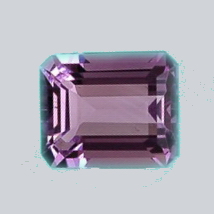The Quartz: the Amethyst, the Citrine quartz, the Agate etc.
|
Quartz is undoubtedly one of the richest mineralogical species in variety. Its main chemical composition is silica (SiO2). |
|
|
The large family of Crystals can be divided into two major subgroups: - The mono quartz or macro-crystals, in which the crystals are large and visible to the naked eye - The quartz microcrystalline aggregates, in which the crystals are so small that sometimes are not detectable even at the microscope Are part of the first subgroup many stones "semi-precious": amethyst, agate, quartz citrine, smoky quartz, or "smoky", quartz blue, hyaline quartz or rock crystal, rose quartz. The second subgroup is identified with chalcedony, which is the most common variety, which also belong, among the best known: agate, cornelian, chrysoprase, onyx. This large family of stones is used in jewelery, fashion jewelery, but also for ornamental objects of various types. Let's see in detail some of the first subgroup ..! |
|
|
The Quartz smoked remember the color of the smoke and often has inside inclusions of rutile needles. |
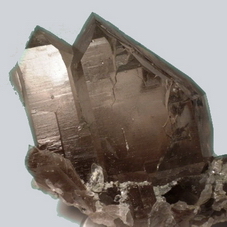 |
|
The most precious stone of the group of quartzs is Amethyst, whose name derives from the greek "amétistos", meaning "not drunk", this because it was believed that this stone would preserve from the drunkenness. It owes its color to purple color centers originating from iron impurities . |
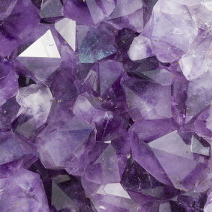 |
|
The Citrine quartz is instead the variety that has the color from yellow to reddish orange, and these hues are caused by the transfer of electric charges between the ions of oxygen and iron, or by color centers associated with the aluminum ion. Most of citrine quartzs on the market, however, is not natural, but is obtained by heating amethyst and smoky quartz, that with this treatment change their color, becoming yellow. Often the citrine is confused in jewelry with yellow Topaz , but the topaz is a much more rare gemstone and chemically belonging to another species quite different. |
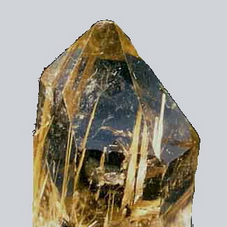 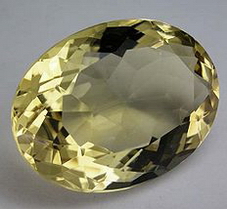 |
|
The Rock crystal, or hyaline quartz, however, is the colorless variety of quartz, and although it is rarely used in jewelry, is especially beautiful when the inside it has of the inclusions of rutile needles or other minerals. The Pink quartz , compared to the other gemstones is generally more turbid, and fractured, and the elements that give it color are titanium and manganese. |
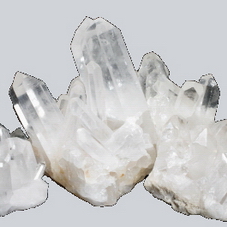 |
|
They are part of the second subgroup all microcrystalline quartzs, including the Chalcedony which is the most abundant variety and that takes the names that follow. Its basic hue is homogeneous, or slightly speckled white, gray-blue, blue-green and purple. These natural colors are often intensified by artificial treatments |
|
|
The Agate is the variety with gray color, yellow, brown, blue, greenish, in parallel bands, or concentric curves, and the color is usually due to metal oxides. The variegated Agate can be really special, and remember drawings, landscapes, tree structures and figures, from which the term "dendritic agate", "moss agate", "agate landscape", and others. |
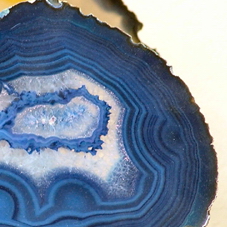 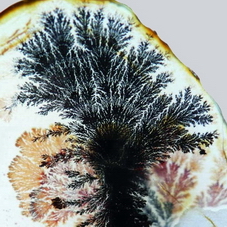 |
|
La varietà rosso-arancione è conosciuta col nome di Corniola e deve il suo colore alla presenza di ossidi e idrossidi del ferro. |
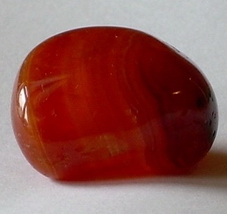 |
|
La varietà più pregiata di questa famiglia è il Crisopazio, che ha una splendida colorazione verde mela, dovuta ad inclusioni di sostanze argillose con tracce di nichel. |
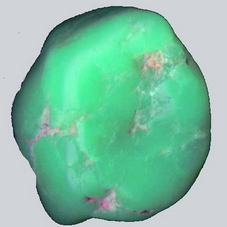 |

